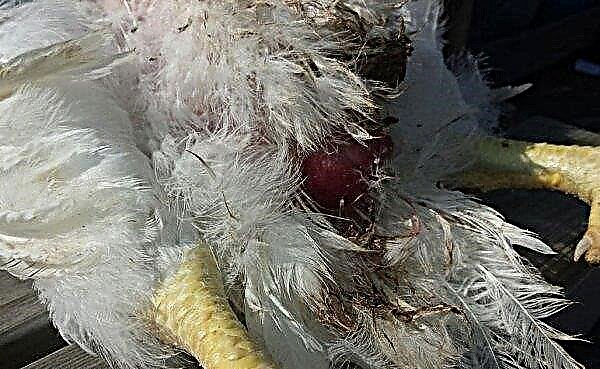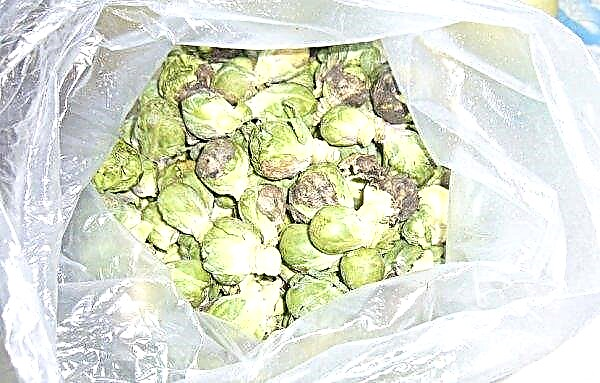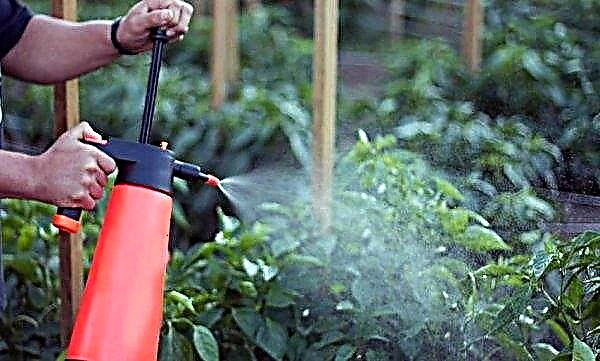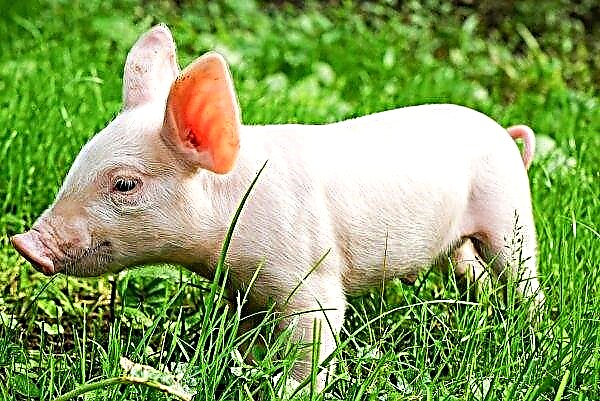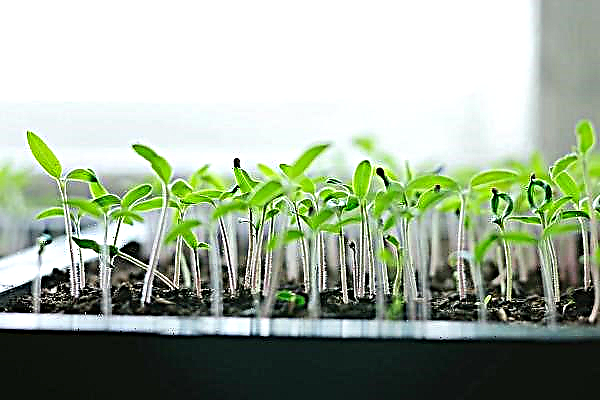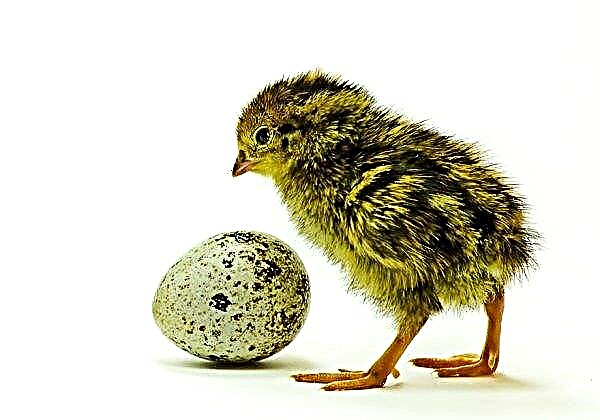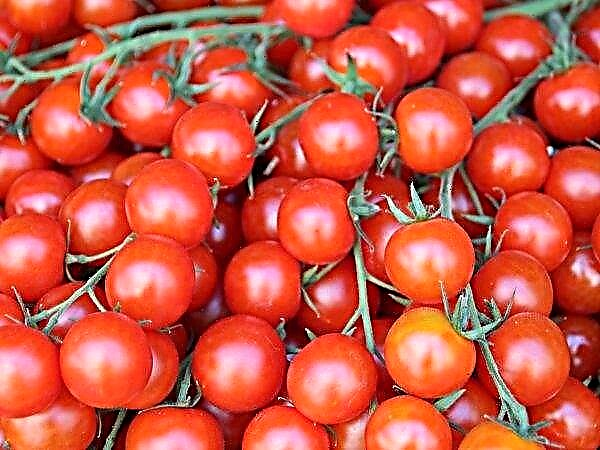Population growth is the most significant factor in projected growth in agricultural consumption.
It has been proven that an increase in the number of people with higher disposable incomes leads to a change in diet, which includes an increase in the consumption of meat and dairy products, which, in turn, will lead to a further increase in demand for crops.

Tighter environmental legislation is expected. Over the past 70 years, farmers have increased crops in several ways, including applying synthetic fertilizers and a number of toxic substances to their land. Similarly, some livestock farmers increased the growth of animals using antibiotics. None of these approaches are in line with the global trend towards more sustainable agriculture.

This practice has strengthened legislation to reduce the use of fertilizers, pesticides and antibiotics. For farmers, this means they need to find alternative methods to increase yields. Legislation has a significant impact on the share of agricultural products allocated to biofuel production.
Studies of future demand show that the world will need 70-100% more food by 2050.
Agriculture and related industries account for about 1/4 of global carbon dioxide emissions, which at current rates will grow by 0.5% every year for the next decade. Therefore, further restrictions aimed at the agricultural sector seem likely in the near future.
- British farmers cautiously look to the future, in which they see a significant reduction in crop protection tools against the backdrop of an increase in the population of the UK, its number will reach 73 million by 2040.
- A populated island off the northwestern coast of France is looking for a new resident dairy farmer to supply 500,000 people with fresh milk.
- It is expected that Russia's self-sufficiency in milk will increase with the help of the state. as reported by the deputy minister of agriculture.


